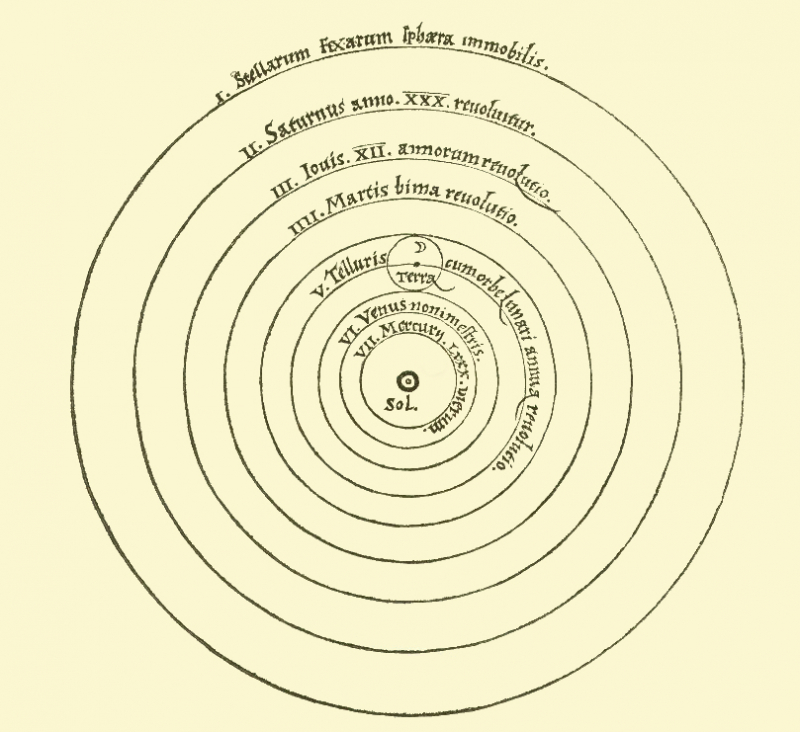Heliocentricity
While we now understand that the Sun, not Earth, is at the center of the solar system, this was a very large leap for ancient mathematicians to make. The Sun, along with all the other celestial bodies, may be seen orbiting the Earth every day. It appeared evident that our globe is at the center of everything, not only the solar system, even to the most learned thinker during, say, the Bronze Age.
The first mathematician to realize it was Aristarchus of Samos, a Greek philosopher who was born around 310 BC. He accurately hypothesized that the Sun is at the center of the solar system and that all the planets, including Earth, circle around it by studying the motion of the Moon, Sun, and other planets in the night sky.
He had some good ideas, but they were a little too much ahead of their time. It was challenging for mathematicians in those days to consider any universe model that didn't have Earth at its center; in fact, it was nearly impossible. The heliocentric model of the solar system didn't really take off until the Renaissance era, despite the fact that it is now obvious that Aristarchus's finding was one of the most revolutionary mathematical discoveries in history.










